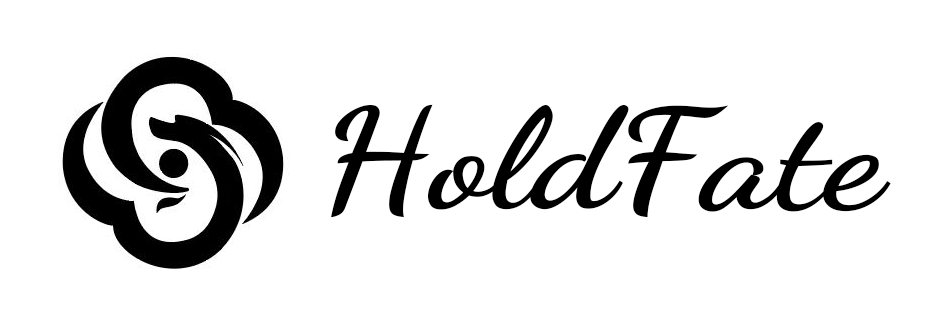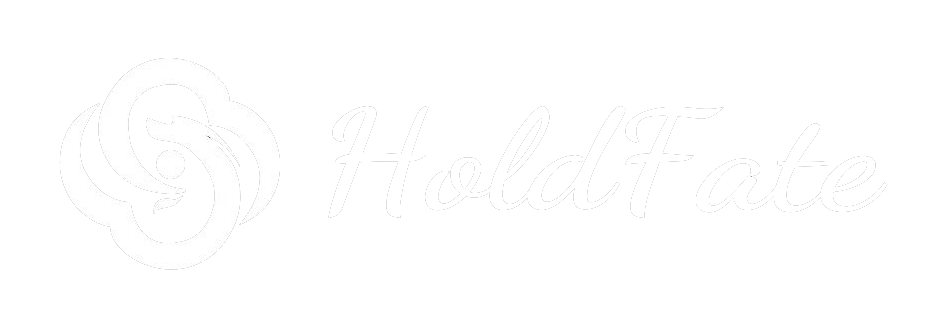No products in the cart.: $0.00
How do zodiac signs differ worldwide?
Thread Source: Table of Chinese Zodiac Signs Corresponding to Years
Isn’t it fascinating how zodiac systems vary across cultures? While the Chinese zodiac follows a 12-year lunar cycle with animal signs, the Western world primarily uses a 12-month solar system with constellations. But here’s what’s really interesting – these systems aren’t just different in structure; they reflect completely unique cultural perspectives on personality traits, fortune-telling, and even compatibility. Take the Dragon, for instance – in Chinese culture it symbolizes power and good luck (many parents actually plan childbirth during Dragon years!), whereas Western astrology would associate similar traits with Leo, the lion.
The cultural DNA of zodiac systems
What most people don’t realize is that there are actually about 20 different zodiac systems worldwide. The Vedic (Indian) system, for example, uses the same constellations as Western astrology but calculates positions differently – leading to about 75% of people having different signs between the two systems! Meanwhile, the Celtic tree zodiac connects birth dates to sacred trees, and the Native American zodiac assigns animal totems based on birth seasons. It’s not just about different symbols – each system reveals how cultures interpret celestial patterns through their own mythological and ecological lenses.
I’ve always been struck by how zodiac systems adapt to their environments. In agricultural societies like China, zodiac animals (ox, horse, rooster) reflect domesticated species important to farming life. Contrast that with the Aztec zodiac, where jaguars and eagles represent Mesoamerican wilderness. Even the seasonal timing differs – while Western signs begin around the 21st of each month, Chinese zodiac years transition with lunar new year (late January to mid-February), making those born in January particularly confusing cases!
Modern global zodiac mashups
The digital age has created this weird zodiac hybrid culture. Now we see millennials checking both their Western sun sign and Chinese animal sign for horoscopes. Some apps even combine systems – imagine being a “Virgo Dragon with Scorpio rising”! While purists might cringe, this blending actually mirrors how astrology historically evolved through cultural exchanges along trade routes. The Japanese zodiac, after all, adapted the Chinese system while adding unique interpretations – their “wild boar” became a “wild pig” due to local hunting traditions.
Here’s a fun fact that blows my mind: because the Chinese zodiac cycles every 60 years when combined with the elemental system (wood, fire, earth, metal, water), no duplicate sign-element combination repeats for six decades. That means the last Wood Dragon year was 1964 – and we won’t see another until 2024! Compare that to Western astrology where your sun sign repeats annually. These differences show how zodiac systems encode different philosophies of time – cyclical versus linear, generational versus individual.



 Please wait…
Please wait…